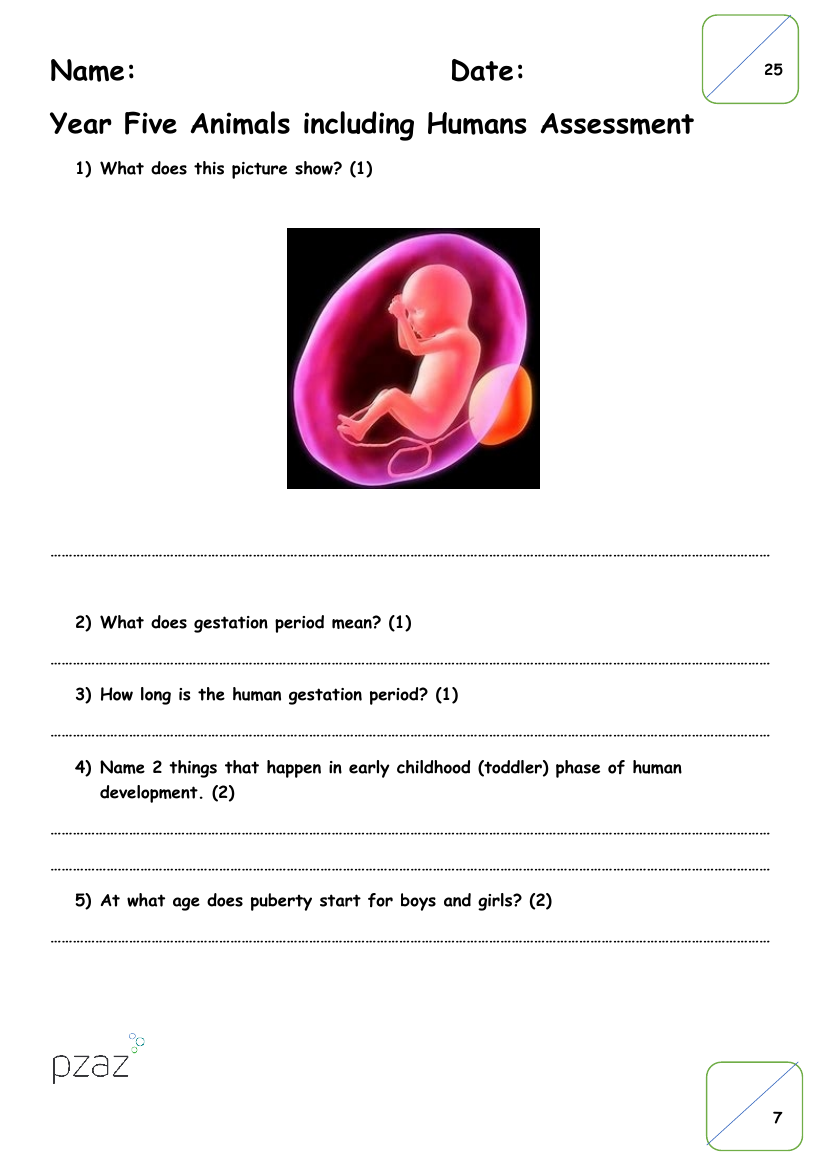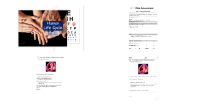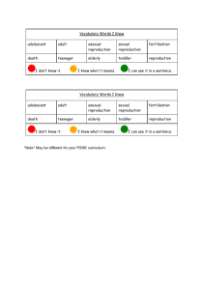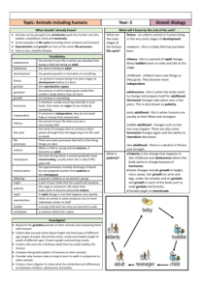Animal including Humans - Assessment

Science Resource Description
This assessment for Year Five students focuses on the theme 'Animals including Humans', covering various biological concepts related to human development and growth. The first question prompts the student to describe what is depicted in a given picture, likely related to the human body or its functions. The second question asks for the definition of 'gestation period', a term referring to the duration of pregnancy. Students must also recall the length of the human gestation period. They are then asked to list two developmental milestones that occur in early childhood, specifically during the toddler phase.
Moving on, the assessment inquires about the typical onset age of puberty for both boys and girls. Jordan and Gini's research, presented in a table format, provides data on the average growth per year for boys and girls across different ages. Students are expected to analyze this data to determine which gender tends to develop earlier, identify the age and gender with the fastest growth rate, and deduce at what age girls generally stop growing. Additionally, they are asked to evaluate the reliability of Jordan and Gini's findings and suggest ways to improve the data's reliability. The appropriate type of graph for presenting the growth data is also a topic of discussion, including how many lines such a graph should contain. The assessment includes a section on puberty, where students must read statements and identify them as true or false. Finally, the students are asked to state the age at which humans are typically fully developed and to list three physical changes that may occur in old age.







